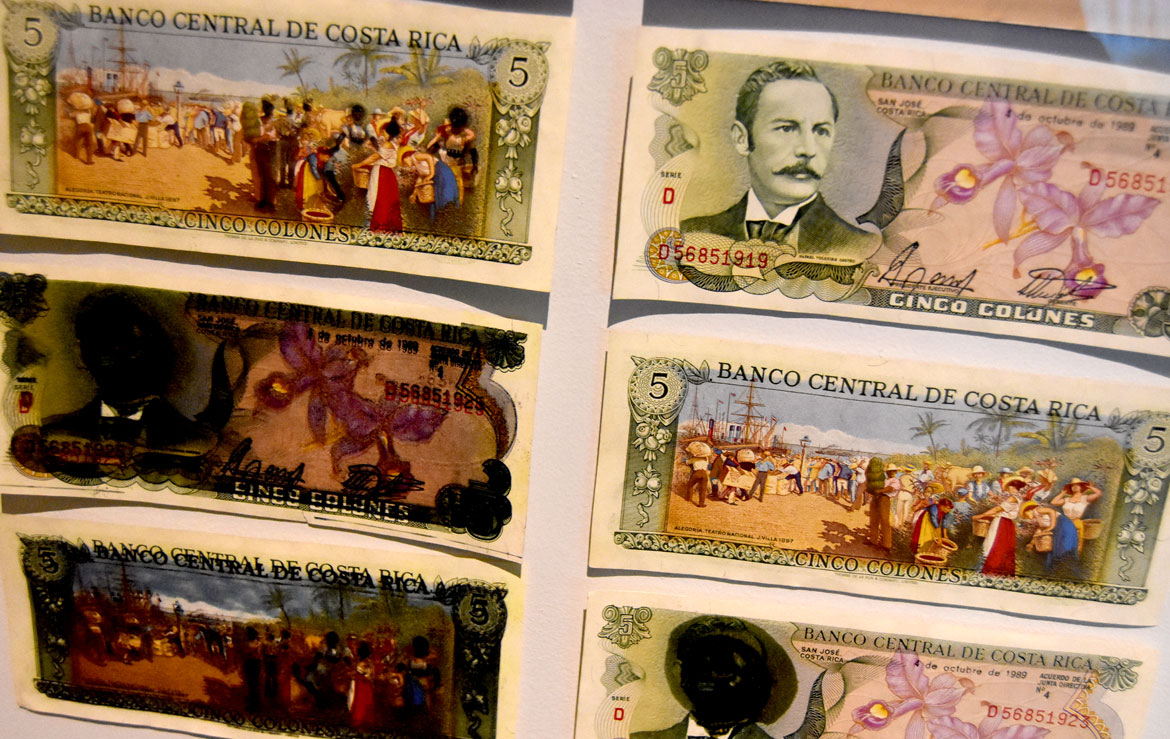
Drawing from the hemispheric context of the Americas, A Decolonial Atlas: Strategies in Contemporary Art of the Americas presents contemporary artists and collectives from the United States and Latin America. It first showed at the Vincent Price Art Museum and now this brilliant exhibition curated by Pilar Tompkins Rivas is now on view at the Tufts University Art Galleries in Boston from January 16 – April 15, 2018.
What we love is how it grapples and reengages colonialism and postcolonialism, featuring works, mainly video, as a tool to complicate established narratives through counter-hegemonic perspectives. We recommend you travel to see the show. I’ve never regretted traveling to see art. There are many reasons to move our bodies through time and space, art is a good one. But for those of you who can’t get to Boston, we picked six art works. A taste to the show. Enjoy!
1. Traveling Dust (2014), a 27-minute film projected cinema-style, by Javier Tapia and Camilo Ontiveros. Bridges sites across Chile, Mexico and Los Angeles to trace a circulation of people, economies, and culture, investigating landscape, issues of labor and the notion of homeland.
2. Repellent Fence by Postcommodity, a collective consisting of three Native American artists. This documentary film examines the arduous process that went into creating the artwork “Repellent Fence,” a 2015 two-mile-long, temporary art installation straddling the US/Mexico border.
2. Amalia, Kekchi, (2016) by Martine Gutiérrez.
These photographic pieces reflect dynamic intersections between indigenous peoples and pop culture, as well as non-binary gender identities.
 Amalia, Kekchi, 2016, C-print mounted on Sintra, 54 x 36 inches. © Martine Gutierrez, Image Courtesy of the artist and RYAN LEE, New York.
Amalia, Kekchi, 2016, C-print mounted on Sintra, 54 x 36 inches. © Martine Gutierrez, Image Courtesy of the artist and RYAN LEE, New York.
3. Spaniards Named Her Magdalena, But Natives Call Her Yuma (2013) by Carolina Caycedo.
Exploring the ideas of flow and containment, Caycedo tells the story of Colombia’s principal river, the Magdalena, drawing parallels between the oppressive power formations of water dams and militaristic methods of social control.
4. Money Talk, (2012-15) by Marton Robinson.
The works “respond to the invisibility of black bodies within the history of national formation in the Americas” by altering the Cinco Colones money of his native Costa Rica.” – Pilar Tompkins Rivas.

Marton Robinson “Money Talk,” 2012-15. (Greg Cook)
5. Deseos, (2005) by Carlos Motta. The documentary’s overriding theme is exposing the ways the imposition of medicine, law and religion provoked the disappearance of parallel dialogue, leading to a lack of historiographical documentation and material.
A Decolonial Atlas: Strategies in Contemporary Art of the Americas is organized by the Vincent Price Art Museum and curated by Pilar Tompkins Rivas. Artists in the exhibition include Iván Argote, Isabel Avila, Raul Baltazar, Tania Candiani, Carolina Caycedo, E.D.E.L.O (Caleb Duarte and Mia Eve Rollow), Ricardo Estrada, Jeffrey Gibson, Martine Gutierrez, Pablo Helguera, Laura Huertas Millán, Carlos Motta, Paulo Nazareth, Camilo Ontiveros, Eamon Ore-Giron, Postcommodity, Naufus Ramírez-Figueroa, Marton Robinson, and Javier Tapia.

Angie Cruz's novel, DOMINICANA is the inaugural bookpick for GMA book club, and the Wordup Uptown Reads selection for 2019. It was also longlisted for the Andrew Carnegie award in excellence in fiction for 2019. It was named most anticipated/ best book in 2019 by Time, Newsweek, People, Oprah Magazine, The Washington Post, The New York Times, and Esquire. Cruz is the author of two other novels, Soledad and Let It Rain Coffee. She's the founder and Editor-in-chief of the award winning literary journal, Aster(ix)and an Associate professor at University of Pittsburgh where she teaches in the MFA program. She splits her time between Pittsburgh, New York, and Turin.







